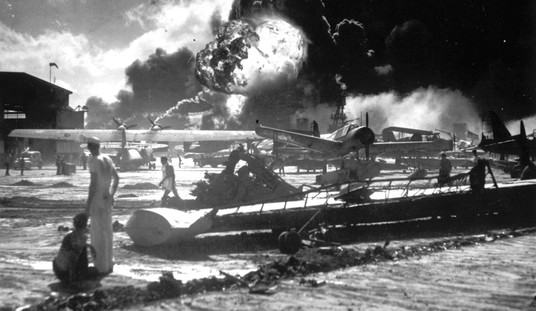Gabriel Garcia Marquez died last week. His was a reputation built on the enthusiasm of the reading public, not just the accolades of the critics. He was beloved, and for all the wrong reasons. I despised his work when forced to read it in undergraduate Spanish-language courses and again when I tried to read it later in life. His most popular work, 100 Years of Solitude, pictures the unreality and weirdness (the “miraculous real,” mistranslated as “magical realism”) in the isolated Colombian hamlet of Macondo through several generations of the Buendia family. They eventually are carried off by a cyclone in Garcia Marquez’ account. But that isn’t what happened to them. They were murdered hideously in Colombia’s “Violencia” of 1948-1958, along with 300,000 other Colombians, after committing hideous murders of their own.
Wikipedia says the following about Colombia’s civil war:
Because of incomplete or non-existing statistical records, exact measurement of La Violencia’s humanitarian consequences is impossible. Scholars, however, estimate that between 200,000 and 300,000 lives were lost, 600,000 and 800,000 injured, and almost one million displaced. La Violencia affected 20% of the population, directly or indirectly.
Yet, La Violencia, did not come to be known as La Violencia simply because of the number of people it affected; it was the manner in which most of the killings, maimings, and dismemberings were done. Certain death and torture techniques became so commonplace that they were given names. For example, “picar para tamal,” which involved slowly cutting up a living person’s body, or “bocachiquiar,” where hundreds of small punctures were made until the victim slowly bled to death. Former Senior Director of International Economic Affairs for the United States National Security Council and current President of the Institute for Global Economic Growth, Norman A. Bailey describes the atrocities succinctly: “Ingenious forms of quartering and beheading were invented and given such names as the “corte de mica”, “corte de corbata”, and so on. Crucifixions and hangings were commonplace, political “prisoners” were thrown from airplanes in flight, infants were bayoneted, schoolchildren, some as young as eight years old, were raped en masse, unborn infants were removed by crude Caesarian section and replaced by roosters, ears were cut off, scalps removed, and so on”. While scholars, historians, and analysts have all debated the source of this era of unrest, they have yet to formulate a widely accepted explanation for why it escalated to the notable level it did.
The cute, weird, quaint and magical mannerisms of Macondo obscure a bitter, desperate, paranoid propensity to violence. Garcia Marquez’ tale is more popular than the actual history of rural Colombia for the same reason that the fairy-tale “Hansel and Gretel” is more popular than accounts of cannibalism, which became widespread in Germany during the Thirty Years’ War (1618-1648). From a purely narrative standpoint, though, I never forgave Garcia Marquez for wasting my time. A short story, a novella at best, was expanded into a novel where nothing happened a dozen times (beating Samuel Beckett’s “Waiting for Godot,” where nothing happens twice).
Garcia Marquez was a journalist and his Spanish never challenges the reading ability of a high-school student, unlike that of the great Latin American novels he emulated: Tyrant Banderas by Ramon del Valle-Inclan, and Explosion in a Cathedral by Alejo Carpentier. The latter is about the violence following the French Revolution in Europe as well as the Caribbean, and is to my taste the great Latin American novel of the 20th century. If you want to understand Latin America, these are the books to read. I also recommend the films of the great Luis Bunuel. To be sure, I don’t like fiction. These are exceptions.










Join the conversation as a VIP Member